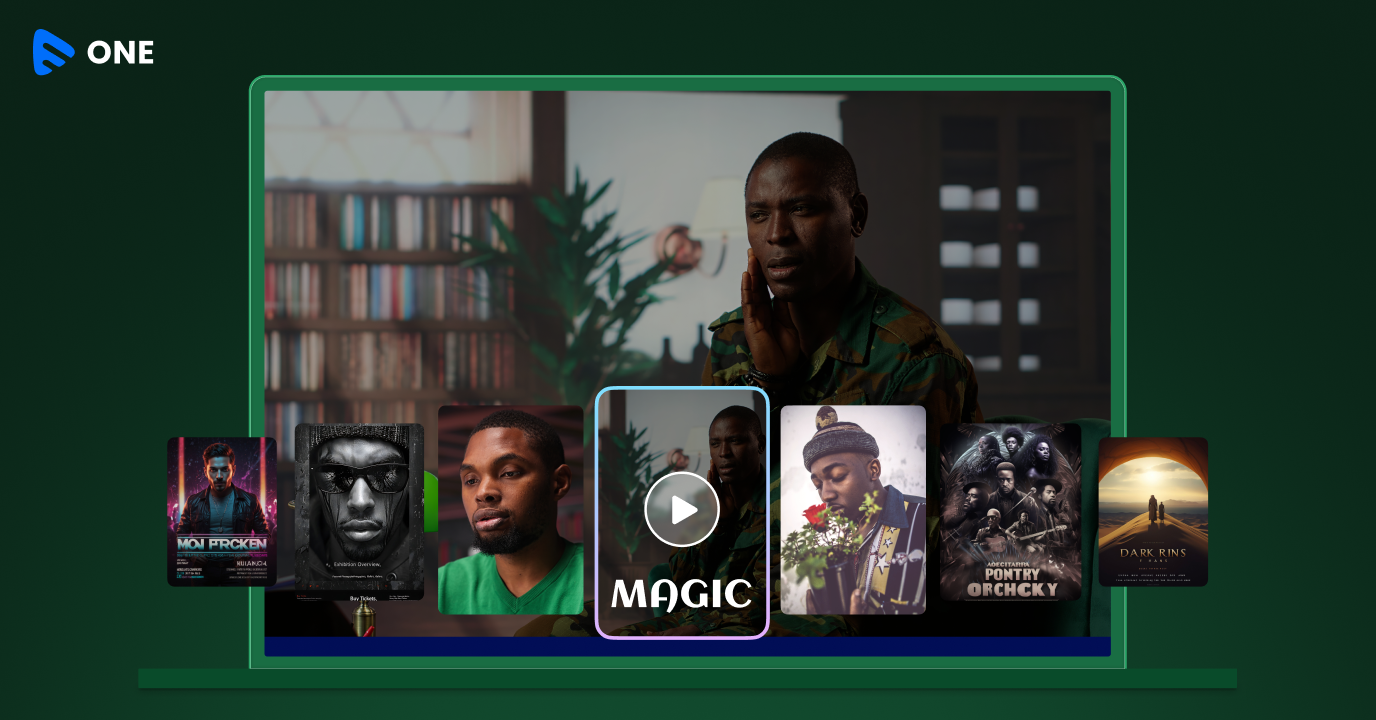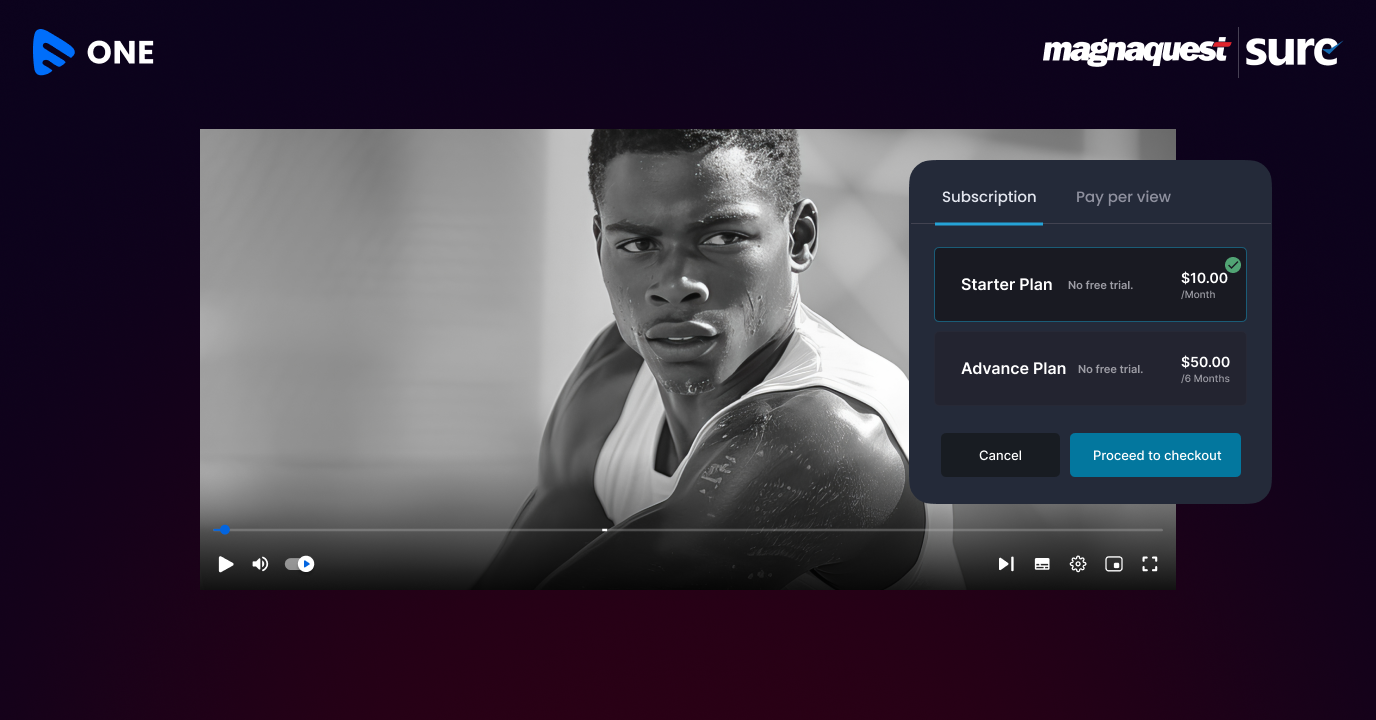HLS Live Streaming, technically known as HTTP Live Streaming, is one of the most widely used live streaming protocols in today’s times. Owing to multiple benefits like adaptive bitrate streaming, cross-device compatibility, and enhanced scalability, HLS is a household term for the streaming industry today.
But, every streaming content needs to be secured, so that hackers cannot take undue advantage of it. That is why user authentication and adopting security measures in HLS streaming becomes so important. This blog will talk about authenticating and securing HLS streaming in detail, but before that, let’s quickly revisit the work process and technicalities of HLS live streaming.
What is HLS Live Streaming?
HLS stands for HTTP Live Streaming. It was started by Apple in 2009, owing to an issue in video streaming in their previously launched iPhones. With HLS streaming, Apple looked to provide an uninterrupted video streaming experience to iPhone users.
So, you can see that a process that started as an experiment by Apple turned out to be a widely successful streaming protocol in a few years. Today, many reputed companies and platforms use HLS streaming on a daily basis. And it is because of the wide range of benefits that it offers.
In most simple words, HLS streaming allows you to transmit streaming content in the form of short chunks. While using the HLS streaming protocol, the user’s HTML5 video player can detect the signal strength and quality. In case of fluctuations, it decides which quality of the video is ideal for streaming in the given internet strength. Hence, even if the user’s network fluctuates, they will not experience any additional loading time.
How HLS Live Streaming Work?
Usually, HLS live streaming involves the following steps:
- In the first step, the entire MP4 video content is broken down into short bite-sized chunks of 10 seconds each. These chunks are stored with a .ts file extension.
- In the next step, these chunks are fed to an HTTP server which stores them and delivers the streams to the user’s device at the time of viewing.
- Now when the user wants to view the video, HLS will play the video encoded with H.264 or HEVC/H.265 codecs.
- Since the HLS streaming involves files of three different qualities, the HTTP server creates a playlist file that serves as the index for the videos. Hence, even if you stream at the same quality throughout, the server will still have all three qualities stored.
Since HLS breaks down the videos into multiple chunks, you must be thinking that it would be difficult for anyone to secure the HLS streaming and authenticate the users, right? But, if you use the right techniques, you can do it quite easily. In this blog, we will discuss everything you need to know about authenticating and securing the HLS live stream. So, read along!
How to Secure Your HLS Live Streaming?
Securing HLS live streaming is important as the hackers may try to steal sensitive information when the streaming content is being transmitted from the streamer’s end to the user’s end. In order to achieve maximum security, you should try out a number of different methods, some of which are discussed below.
Live Streaming Encryption
While streaming the HLS content, it’s important to make sure that the data is not breached en route. One of the most simple ways to do so is by using an SSL certification. By integrating SSL certification into your content management system, you can make sure that your data passes through the strongest encrypted and impenetrable codes, which are impossible to hack. Hence, the hackers can’t eavesdrop on your live feed even if they want to.
User Authentication
Nowadays, there are many OTT platforms that allow you to authenticate your users before allowing them to access the live streaming content. You can choose multiple types of user authentication methods, including single-sign-on, email-based authentication, and more. Understanding how SSO works and integrates with HSL live streaming can be crucial in efficiently managing user access across different services. It helps you to mark the attendees for your live stream, and restrict unwanted guests. We will talk about this process in detail, in our next segment.
Screen Recording Protection
In today’s generation, piracy is a household term. All your video content, including the live streamed ones, are under the threat of copyright infringement and piracy. There are many ways to tackle this issue, but two of the most effective methods are watermarking and screen recording protection.
Screen recording protection does not allow your viewers to capture their screens when they are viewing the live feed. Hence they cannot reproduce the video in any other mode.
DRM
If only screen recording protection does not satisfy you, you can implement full-fledged DRM protection on your streaming platforms. DRM stands for Digital Rights Management. It ensures that your live video is stored and transmitted in an encrypted manner, and restricts any form of unauthorized access and activities to your live stream.
Many popular live streaming platforms like Muvi Live implement Multi-DRM technology. Such Multi-tier DRM includes a collection of efficient DRM services like Widevine, Playready, Fairplay, Marlin, etc. They ensure all-round protection of your videos, irrespective of devices, browsers, and networks.
To know more about how DRM can protect your live stream, read our blog Secure Live Streaming: How To Protect Your Content With DRM
Firewall
Your live content must be protected from the web server’s side too! This job is done by server-side security and firewalls. The firewall monitors the traffic coming to your website, and based on certain user behavior, decides whether to grant access or not. It helps you to block unwanted access to suspected users and unsecured networks.
How To Authenticate An User In HLS Live Streaming?
One of the easiest ways to authenticate your users while live streaming through HLS Share is by enabling a user login to your streaming platform. Muvi Live allows you to set up different login options for your users. Let’s take a look at them in detail.
Password-Based Login
It is one of the most simple and common user authentication processes, in which a user first registers himself with an email ID and sets the password. The next time, whenever he wants to log in and watch live streaming content, he needs to provide the registered email ID and password.
Phone Number-Based Login
If you want your users to register without sharing their emails, you can enable a phone number-based login for them. They will have to register their phone number first, and then they can log in using the same.
But, be careful while implementing this feature, as it may create some issues with the users who had previously registered by giving their email IDs. So, we always recommend sticking to any one of these login types for a long period of time. And even if you want to change, inform your users beforehand so that they can register using the new login process.
Social Media Login
Nowadays, most OTT platforms are allowing their users to log in through their social media profiles. This not only saves their time, but they don’t need to put in the extra effort of typing their login ID and password manually.
In Muvi Live, you can implement social media login from multiple social media platforms. And it will not hamper any of your previously set login procedures.
How Muvi Live Secures Your Live Streaming?
Apart from multiple formats of user authentication, Muvi Live also helps you integrate a number of security features to ensure that your live streams remain 100% secure, always!
In our previous section, we have already talked about our Multi-DRM feature, which resists all pirates, potential hackers, and unethical users trying to capture and reproduce your live feed. We supplement our multi-DRM with an additional layer of screen recording protection.
In addition, we have implemented some unique security features to our platform, which are discussed below.
SSL Certificates
We have integrated an SSL certificate into our backend content management system and admin panel. This SSL certificate offers end-to-end encryption to all live streams. It also ensures that the live content passes through a fully encrypted secured channel while traveling from Muvi Live’s server to the end user’s device.
Watermarking
We have previously discussed how screen recording protection prevents piracy. But have you ever wondered if the user can still use a separate device or camera to record your live feed? A Watermark helps in such situations.
Muvi Live allows the users to implement watermarks on their live stream. Hence, the pirates cannot use the videos even if they succeed in recording them. If you want you can allow your watermark to roam around the screen. Then the recorder can’t easily get rid of it by editing the video.
PCI Compliance
Online payments are one of the hotbeds of cyber attacks. So, it is compulsory to secure the payment mechanism of your live streaming platform. Muvi Live has achieved PCI compliance and provides you with a secured connection for all financial transactions. And we don’t just stop here. Our team keeps monitoring the latest PCI compliance standards and keeps improving our mechanisms on a regular basis.
Geoblock and VPN Detection
Muvi Live allows you to block access to users of specific geographies and locations. In addition, we have a unique feature of tracking and blocking the users using VPNs too! It means if any user from a restricted area uses VPN to access your live stream, Muvi Live will detect it and block the user’s access.
Wrapping Up
During HLS live streaming, user authentication can be done by setting up a login process to your live streaming platform. But only user authentication won’t be sufficient in securing your live stream. Other security features like Multi-DRM, screen recording protection, watermarking, encryption, etc play a crucial role in 100% secured live streaming. They also minimize the risk of any content piracy or hacking threats.
If you want to implement all of these features and more, without any coding efforts, start your HLS live streaming with Muvi Live! Experience the wholesome live streaming experience by starting your 14-day free trial today!













Add your comment